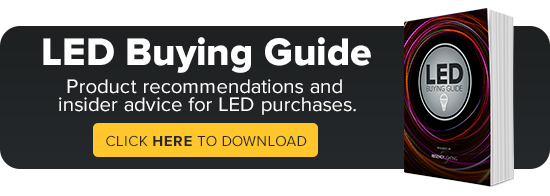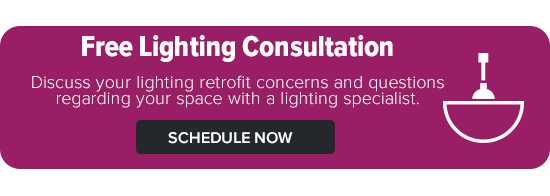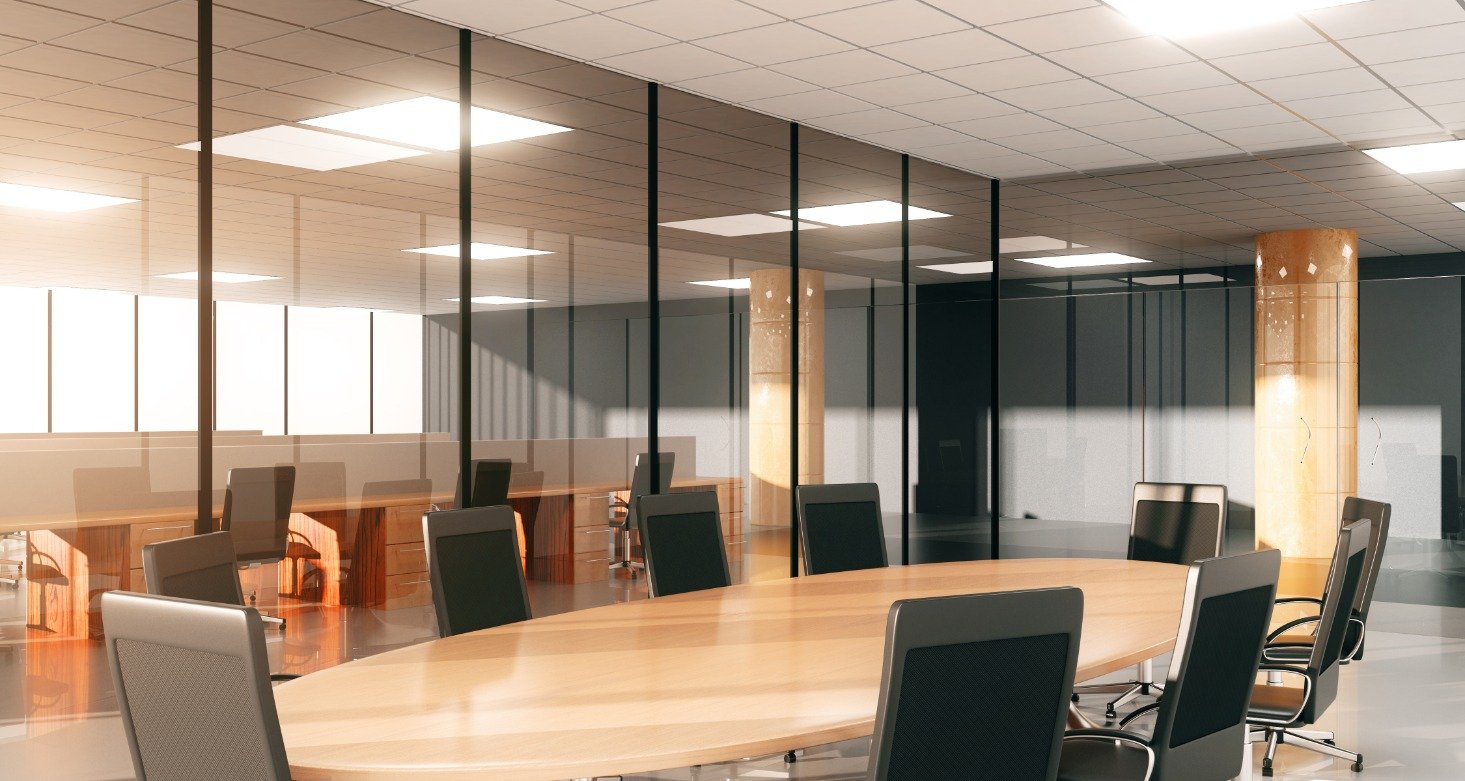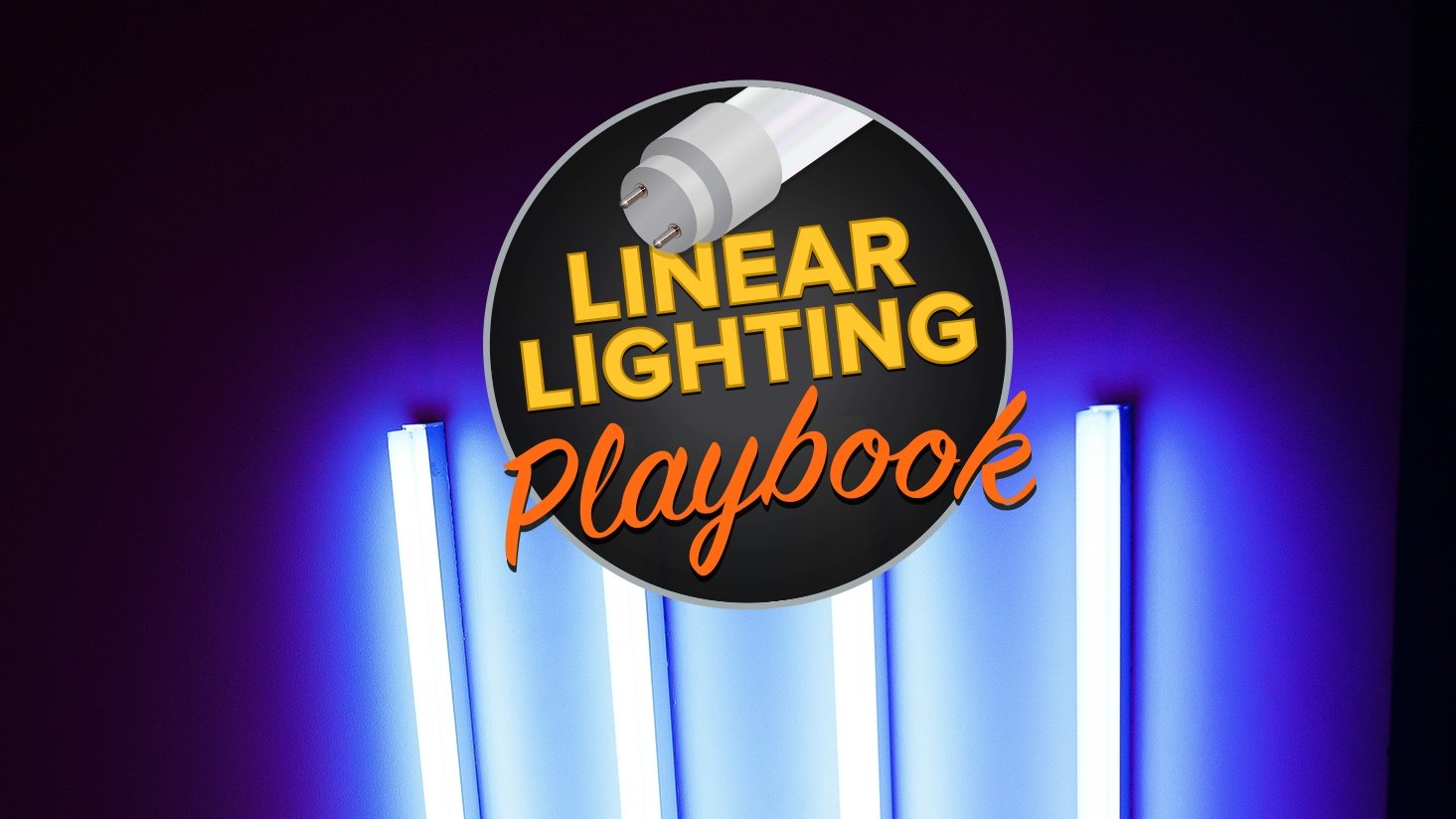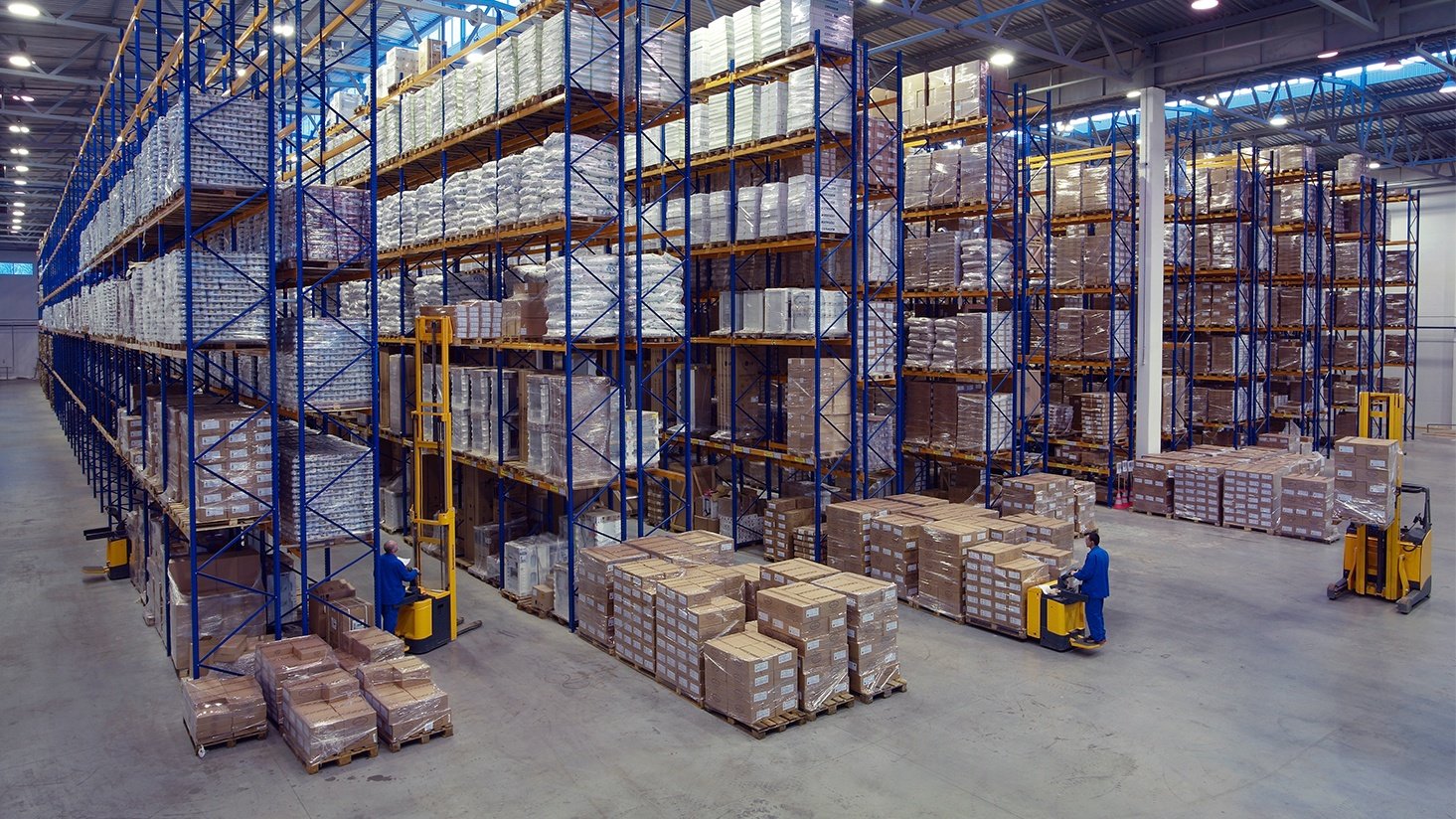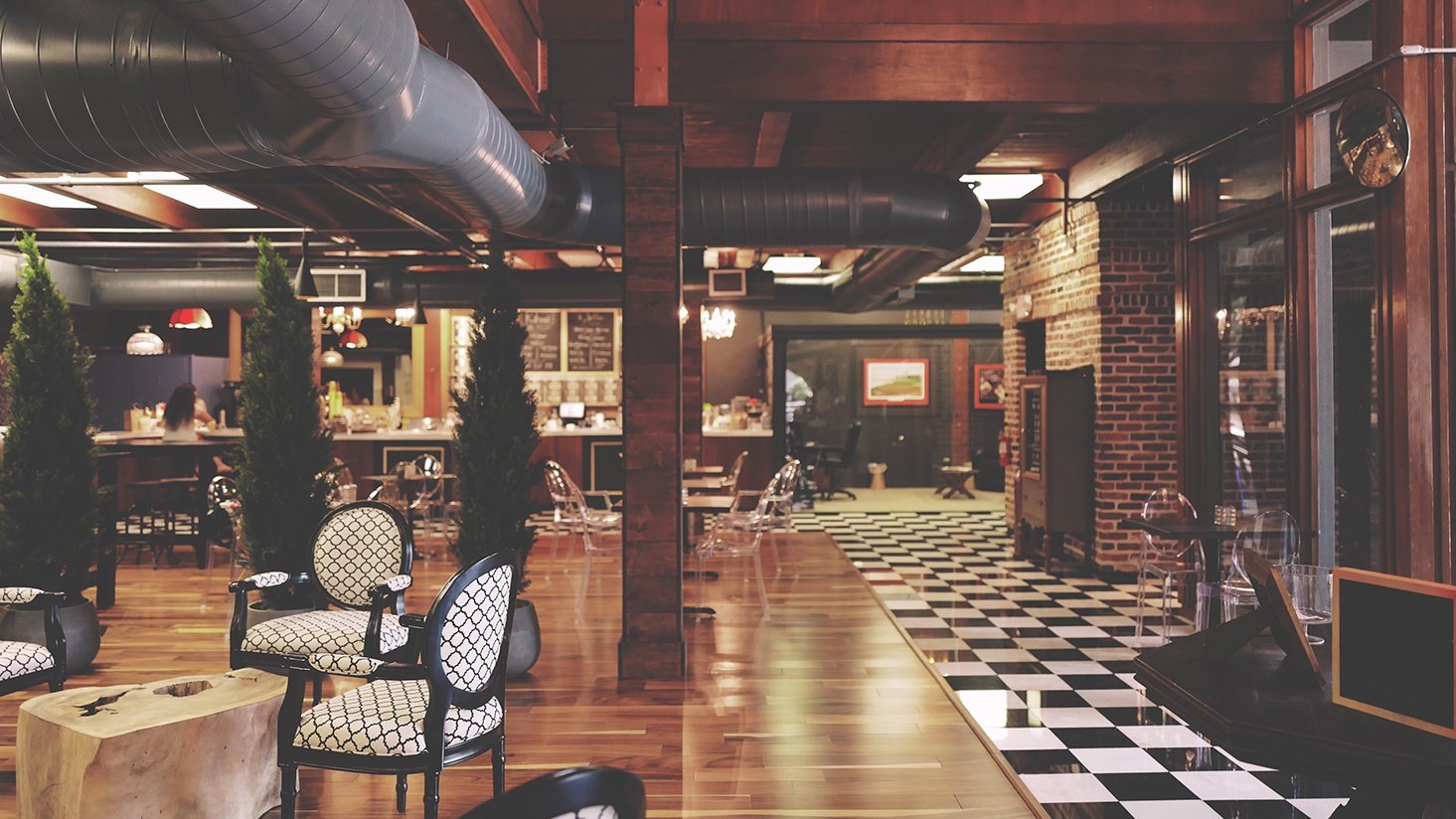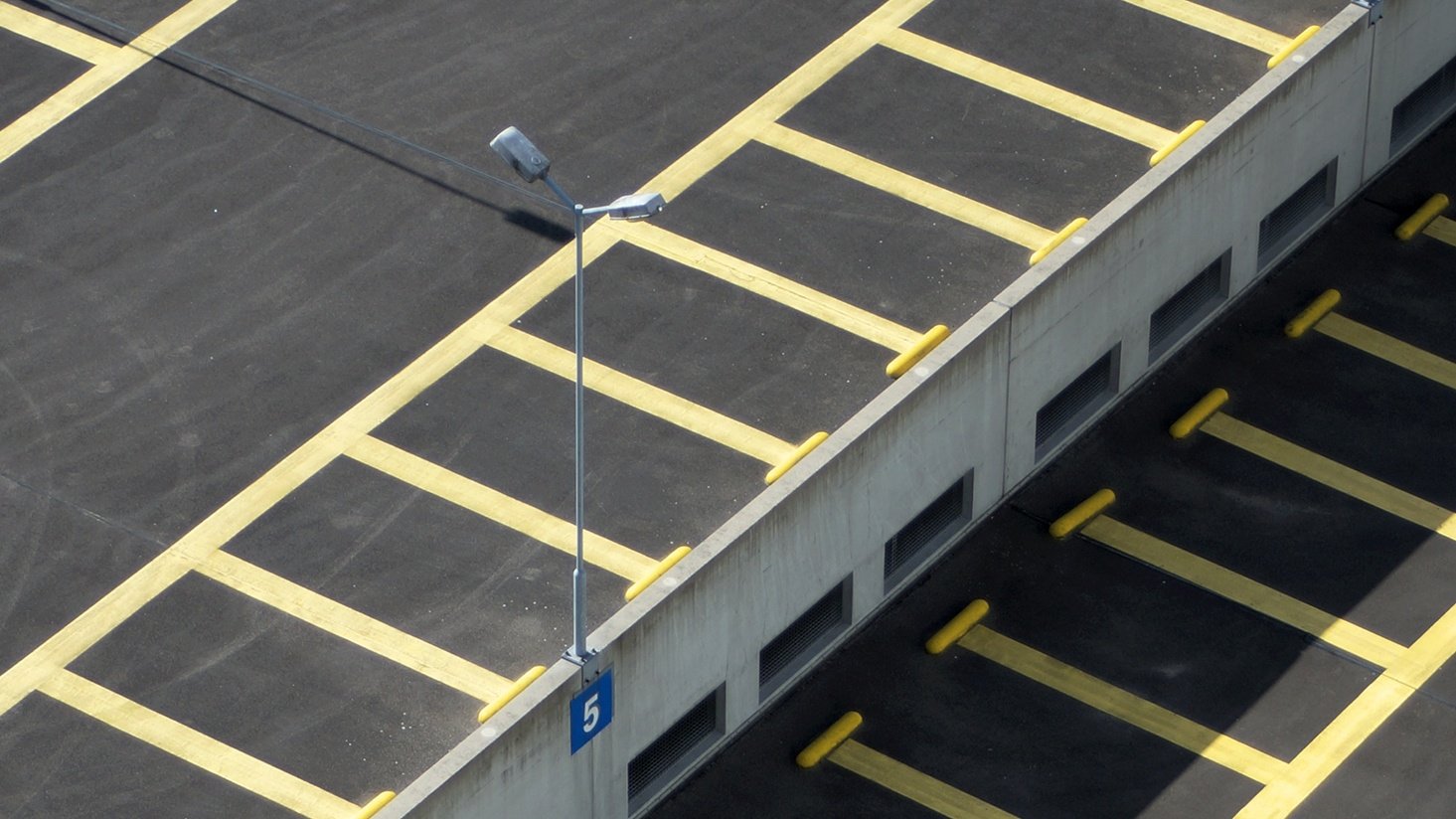Edge-lit versus back-lit LED flat panels
This is an interesting topic related to choosing outdoor light fixtures. We can incorporate a general explaination of IP rating in this, but let me know if you think that should also be it's own post.
Today's market for LEDs is much different than it was even five years ago. Case in point: LED flat panels.
There is no longer just one type of flat panel. Because of technological advances, you now have your choice of LED flat panels.
While having more options is always beneficial to the consumer, sometimes it can feel overwhelming to find the exact LED fixture you need for your space. If you're shopping around, you may have noticed two different types of LED flat panels: edge-lit and back-lit. In this blog, we explain the difference and break down the pros and cons.
What is an LED flat panel?
An LED flat panel is a light fixture that replaces common fluorescent "troffer" fixtures found in all types of commercial buildings, from offices to schools to hospitals to stores and more. An LED flat panel saves energy and is extremely cost effective compared to equivalent options.
Whether you're considering a retrofit or working on a new construction project, LED flat panels offer several benefits, including the following:
- Major energy savings over fluorescent troffers (up to 50%)
- Even, ambient lighting for large spaces
- Better lighting quality compared to fluorescent troffers
- Reduced maintenance time because of increased LED lifespan
- Enhanced technology that delivers excellent brightness
- Instant-on brightness thanks to LED technology
LED flat panels are a popular option for ceiling lighting because of their durability, reliable quality, versatility, and low cost. They're often used as replacements in retrofit projects for troffers of all sizes — 1x4, 2x2, or 2x4. New construction projects also call specifically for LED flat panels because they're thin yet durable. An LED flat panel can be just half an inch thick, so it can be easily mounted or suspended from the ceiling with cables.
Read more: Can I use fewer fixtures when upgrading to LED?
There are now more options for LED flat panels than ever before, which is both exciting and intimidating when you're selecting product. We explain the differences between edge-lit and back-lit panels below.
What's the difference between an edge-lit and back-lit LED flat panel?
Edge-lit and back-lit LED flat panels are both readily accepted in the lighting industry, but edge-lit LED panels were the first to hit the market. Manufacturers introduced back-lit LED panels thanks to technological advances.
The primary difference between the two products is the arrangement of LED chips inside the fixture. Inside an edge-lit LED panel, a row of LED chips are arranged along the side of the panel. The light is distributed horizontally, then goes through a light-guide plate (LGP). The LGP directs the light downwards through the diffuser.
Inside a back-lit LED panel, the LEDs are situated on a horizontal plate across the fixture. This allows the light to shine vertically directly through the diffuser and eliminates the need of the light-guide plate.
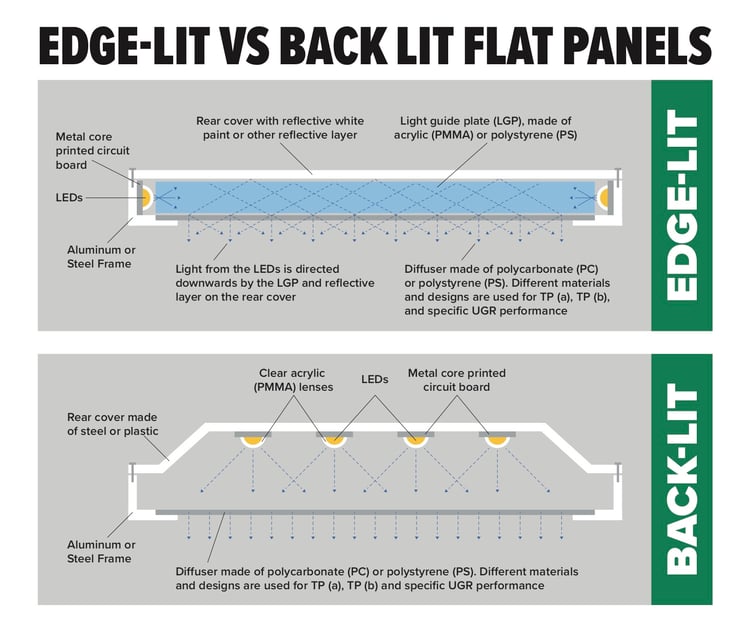
Edge-lit and back-lit LED panels both have their pros and cons due to the construction and performance of the different configurations.
Edge-lit LED flat panel pros and cons
Edge-lit LED flat panels were the first to be mass-produced and still have a slight edge in the market, especially when there is aesthetic preference. Here's a look at the pros and cons:
Pros
- The light-guide plate (LGP) helps limit bright spots
- The driver can be placed in the rear of the fixture if needed
- No lenses required
- Design functions well with multiple LED beam angles
- Thin, slim profile which allows surface mounting
Cons
- Quality has diminished with some manufacturers, which can cause yellowing on the diffuser; we recommend always using a trusted manufacturer
- Can be more expensive than back-lit LED panels
- Use slightly more power than back-lit LED panels because they require more LEDs
- Light guide may cause yellowing or aging because of PMMA material
Back-lit LED flat panel pros and cons
Back-lit LED panels use less material thanks to technical advances. The light shines directly through the diffuser. Here's a look at the pros and cons:
Pros
- More efficient than edge-lit LED panels because the light-guide panel is eliminated
- Lower operating costs compared to edge-lit LED panels
- More affordable than edge-lit LED panels
- More common than edge-lit panels
- More even light distribution
- Not as susceptible to aging or yellowing
Cons
- Thicker profile results in limited mounting options
Which is better: Edge-lit or back-lit LED flat panels?
It's worth noting that some of the performance differences between edge-lit and back-lit configurations are narrowing. Side by side, they may look almost the same. There are some back-lit panels that provide great light distribution with no noticeable bright spots. At the same time, edge-lit panels continue to improve in efficiency and performance.
Our rule of thumb is that is you're looking for maximum savings and efficiency, consider looking at back-lit panels first. If the thickness and design if the panel is more important, consider edge-lit panels first.
In either case, you might still want to compare samples in your space because the differences might surprise you.
Upgrading to LED flat panels
There are several factors to keep in mind when you're upgrading to LED flat panels, including size, brightness, and UL listing.
Regardless of which option you choose, upgrading to LED flat panels can save your facility time on maintenance and money on replacement products.
Schedule a free consultation with our team of lighting experts to discuss which option is best for you. We have 40 years of experience helping our customers select the best product for their facility.

